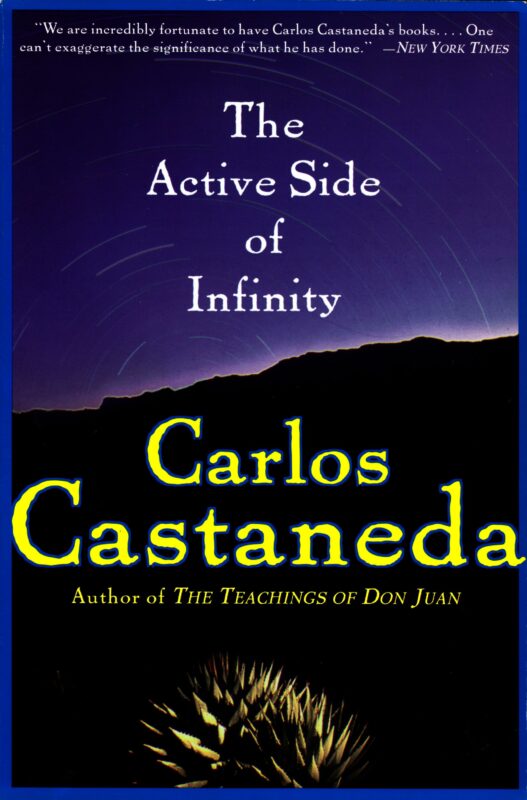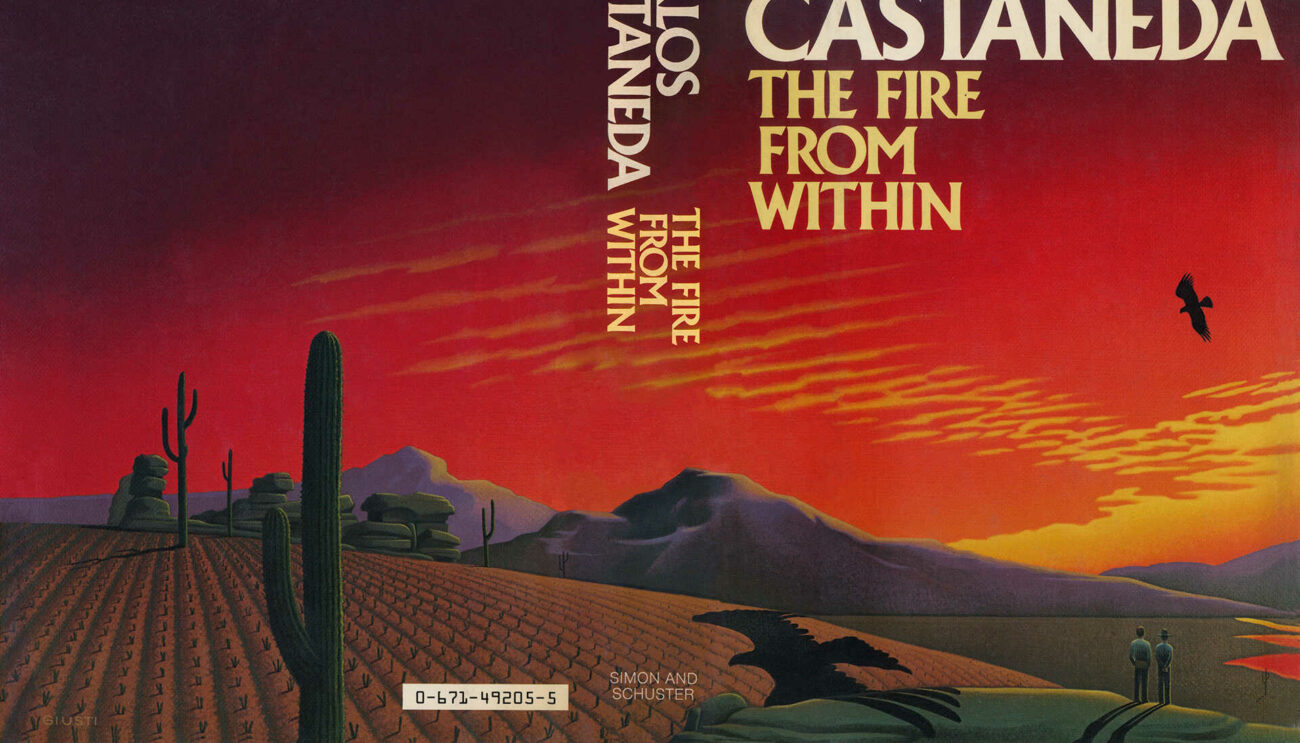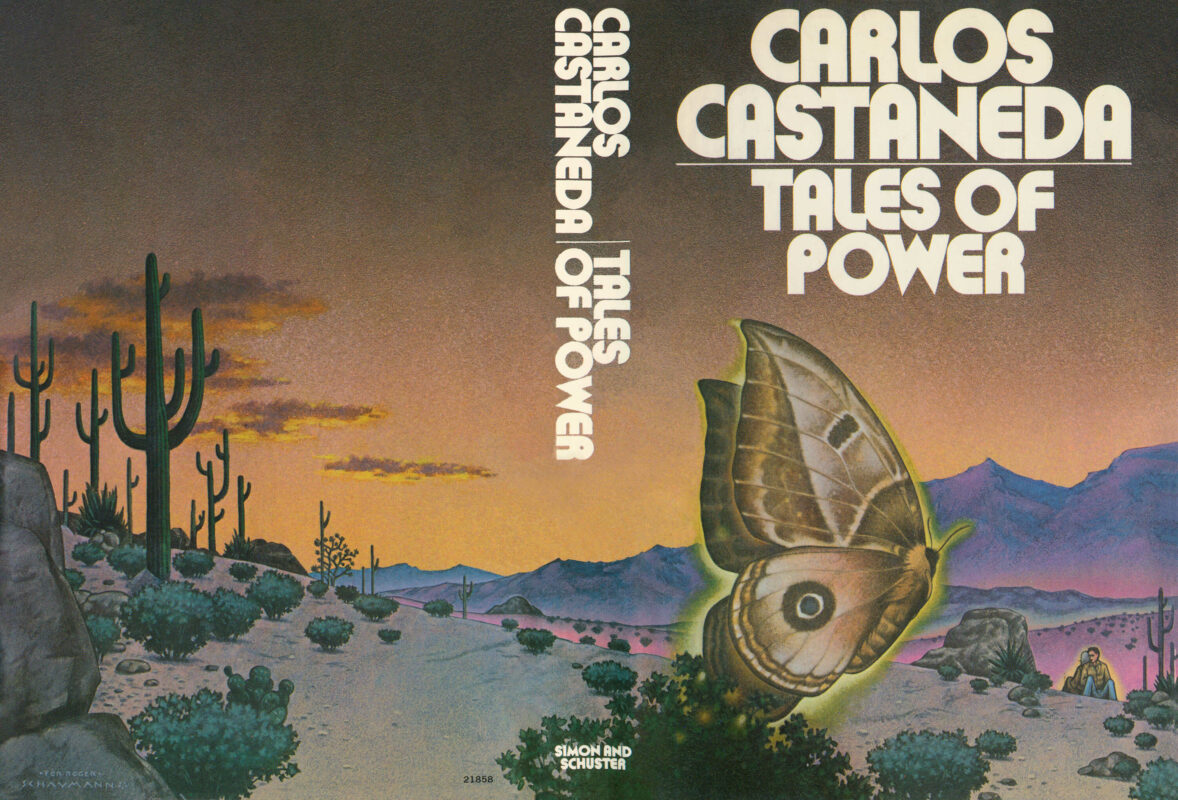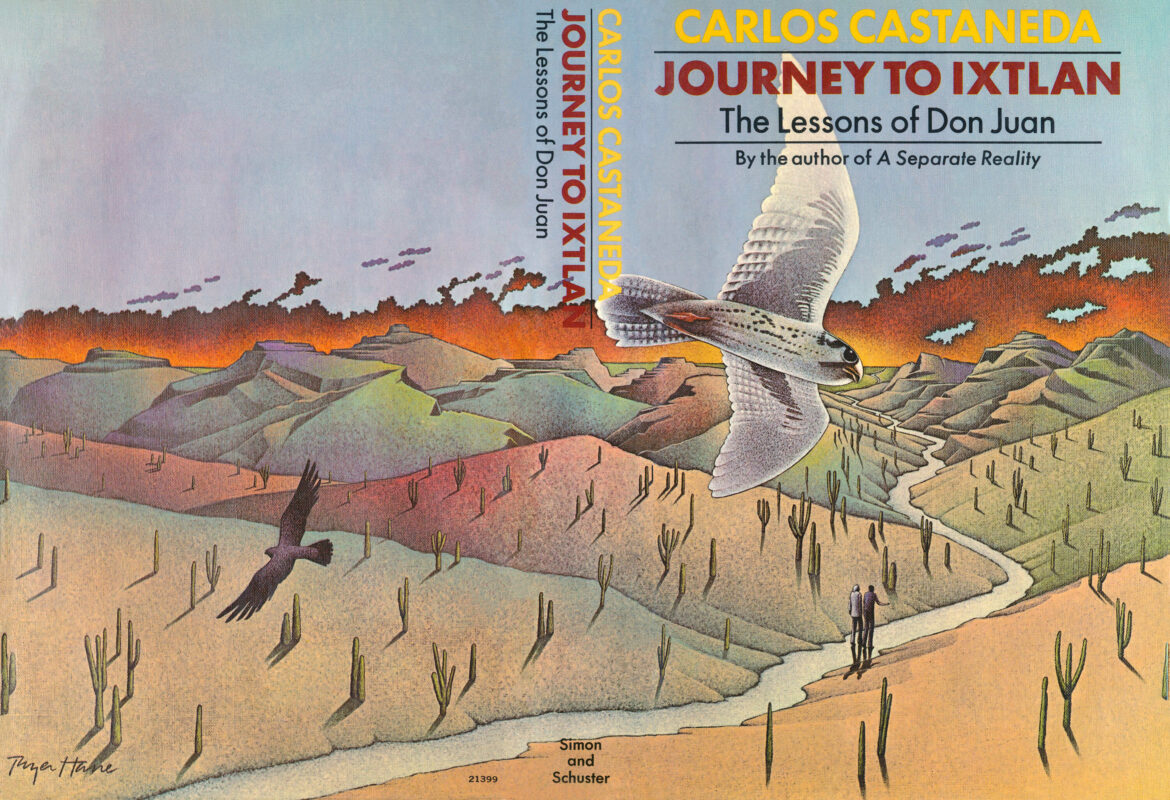The Active Side of Infinity – Syntax and The Other Syntax
This consists of two poems that explore the relationship between language and the perception of reality. The first poem, “Syntax,” posits that our scientific understanding of the universe—having a definite beginning (the Big Bang), a development, and an end—is not an objective discovery but a mere reflection of the linear syntax of our language, which structures everything in terms of birth, growth, and death. The second poem, “The Other Syntax,” proposes an alternative worldview based on a different linguistic structure. In this other syntax, the universe is understood not through linear events but through “varieties of intensity.” From this perspective, there are no true beginnings or endings, only endless fluctuations of intensity.
The Active Side of Infinity – Syntax and The Other Syntax Read More »



